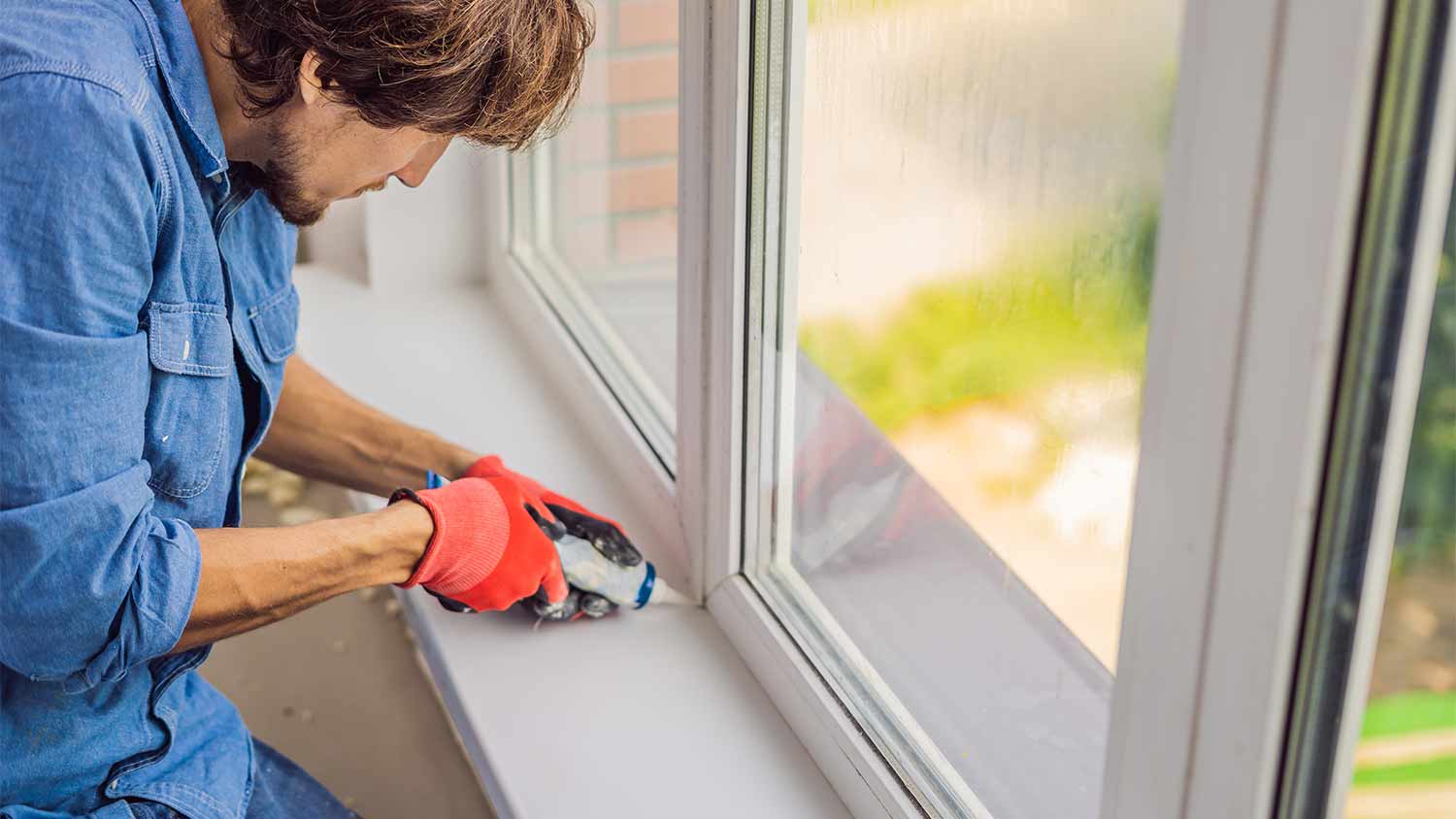
Window replacement enhances your home's appearance and helps to maintain a consistent indoor temperature. Discover the cost of window replacement in Columbus.
Do your windows need a makeover, or a full facelift?


You don’t have to replace all your windows at once, but doing so will save you money in the long term.
You should avoid replacing fewer than five to eight windows in one job.
If you only need to replace one or two windows, hire a handy person rather than a window company.
Window replacement is a big job—one with a hefty price tag and major influence on the look and feel of your home. Whether it’s because you’re facing an issue with one particular window or because you hope to save money, it’s often better to replace all your windows at once, rather than opting for just one or two fixes. Here’s why.
Assuming they are properly installed, windows last a long time—most frames have a lifespan between 20 and 50 years. Precisely how long will depend on a number of factors, particularly the weather in your area—but in most cases, you don’t need to worry about replacing them until you start to experience problems or if you wish to enhance the energy efficiency of your house or freshen up the look.
Common signs of failing windows include fogginess from moisture in the glazing (indicating that the seal has failed), draftiness and increasing energy bills, and warped frames that are difficult to open and close. If the glass is broken, you don’t need to replace the window but simply have it reglazed by a local window glass replacement company.

In many cases, there are good reasons to replace all your windows at once. If your primary motivation is to increase curb appeal, for example, or energy efficiency, a universal set of window replacements is necessary to achieve the full effect.
Replacing all the windows at the same time is also the only way to ensure that all the windows in your home operate the same way and achieve a uniform appearance. Window manufacturers often update or phase out their models, so staggering the replacement might mean that the model you used in the first phase is no longer available during the last. It also minimizes the time your home is under construction, thus limiting the hassle associated with major home improvement jobs.
If you can afford one big job, replacing all the windows simultaneously will also save you money in the long term, since the price of windows and installation labor are on the rise.
It’s not unusual, however, for people to replace fewer than all their windows—or to install replacement windows throughout the home in separate phases—and some window replacement installers will take partial jobs. But under most circumstances, you want to avoid installing too few windows at once since under a certain threshold, the labor costs will be significantly higher per window on small jobs.
Depending on the company, you’ll want to install no fewer than five to eight windows at minimum—and at least 10 to get the full cost savings. This is because most window replacement installers will bid a flat rate for a job, and their overhead remains the same for a full day or two hours of work. Expect to pay a total between $300 and $2,100 per window, depending on window frame material, size, and glass type.
While it’s best to avoid replacing fewer than five windows at once, there are circumstances in which that’s the only option. Maybe you got overzealous with your living room redecoration and painted one shut—or you’re dealing with acute problems in one or two windows that need to be addressed immediately, but you can’t afford a bigger project.
Many window companies won’t take that small job, though, and those that do will charge hefty labor costs. If you find yourself in this position, hire a local handyperson to do the replacement install instead.
Spring and early summer are typically the most agreed upon best times of year to replace windows. During these months, it’s not too cold or hot, so when air does come through the holes in your wall during window replacement, it won’t make you too uncomfortable. However, some people opt to replace windows in winter since there’s less demand. Plus, your local window contractor may offer discounts if you book during the off-season.
From average costs to expert advice, get all the answers you need to get your job done.

Window replacement enhances your home's appearance and helps to maintain a consistent indoor temperature. Discover the cost of window replacement in Columbus.

Window repair costs in Columbus, Ohio, depend on several pricing factors, including the type and size of the repair it needs and the window itself.

Garden windows can be a great addition to your kitchen, adding light and a place to grow plants. Costs depend on material, size, and customization—learn how much you can expect to pay.

Find out how much it will cost to replace a basement window in your home, based on the type and size of the window, whether it’s prefab or custom, and who does the installation.

Discover alternatives to putting plastic on windows for energy efficiency. Shades, wraps, and other coverings can drastically reduce your energy bill.

Learn how to clean a window well properly and safely. Using common cleaning supplies, you can remove dirt, debris, grime, rust, and other unwanted materials.